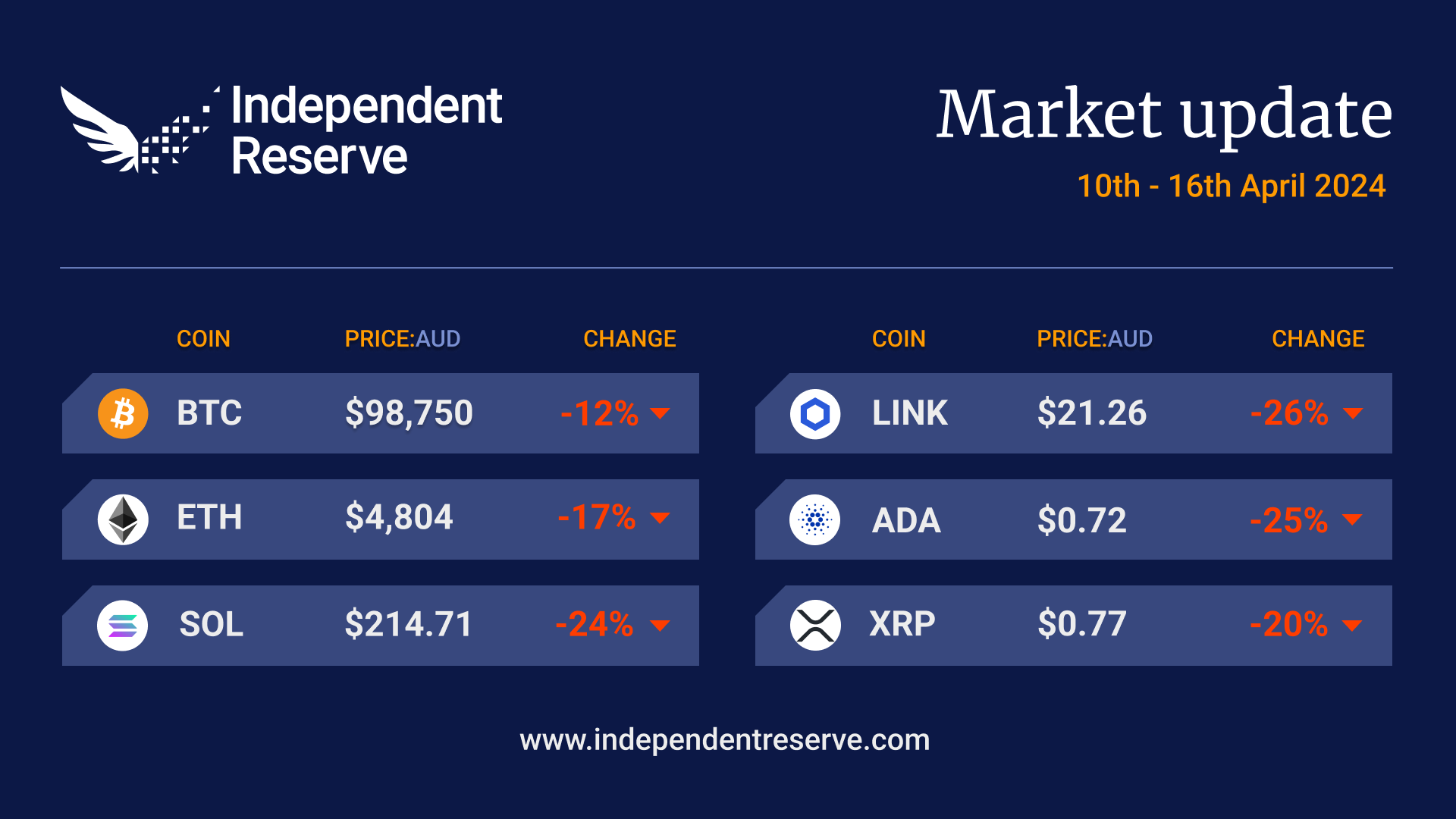
What is a stable coin?
Stable coins are cryptocurrencies that tie their value to a fixed asset, such as the US dollar or gold. They aim to reduce volatility and provide stability as traditional currencies do.
Stable coins are the bridge between cryptocurrency and fiat currencies, making them better suited for transactions of all kinds, including trading and transfers.
Combining traditional-asset stability with digital-asset flexibility has proven to be practical in the crypto ecosystem. Billions in fiat and cryptocurrency have flowed into stable coins like USDC and USDT as they’ve become popular ways to store and trade value within the crypto ecosystem.
Why are stable coins important?
Stable coins like the dollar-backed USDC, are equal in value to the coins currently being circulated. Verifying this 1:1 backing is done by an independent accounting firm and then confirmed publically. This adds a level of security and trustworthiness to the stable coin.
Stablecoins are free from the volatility of non-pegged cryptocurrencies while inheriting some of their most powerful properties:
- Stablecoins are accessible to anyone 24/7.
- Stable coins are faster, cheaper and more secure to send across long distances.
- Stablecoins live on blockchain networks (i.e. USDT on Ethereum) and are programmable via code that allows developers to create applications utilising them.
Use cases of stable coins
- Reduced volatility: Cryptocurrencies like Bitcoin and Ether are known for their volatile price movements. However, tokens pegged to stable currencies can provide buyers with certainty when selling in the future because the price won’t fluctuate unpredictably.
- Trade it or save it: It is simple for anyone with a stable coin wallet to quickly and easily transfer money to an exchange or DeFi platform.
- Higher yields: Platforms can provide stable coins with higher yields when compared to bank interest rates.
- Cheap, fast and worldwide: Stablecoins are great for sending money anywhere globally because of their fast transfer speeds and low transaction fees. Compared to the likes of SWIFT and Western Union, which are both slow and expensive.
Decentralised stable coins
Crypto-collateralised stable coins
Unlike stable coins that have 1:1 fiat backing, decentralised stable coins hold cryptocurrencies in their reserves. Because of the volatility and market risk associated with stable coins backed by crypto, these stable coins are “over-collateralised”. In other words, the crypto held in reserve exceeds the total value of stable coins issued.
An example of a stable coin that follows this model is MakerDAO’s DAI. DAI is created when a borrower takes a loan from the MakerDAO platform, opening a locked collateralised debt position at a specific loan-to-value (LTV) ratio. The borrower will then receive a relative amount of DAI as a loan, and once the loan is paid, the DAI is destroyed.
Synthetix also issues a stable coin of its own called sUSD but follows a slightly different crypto collateralisation model. Rather than holding a diversified basket of crypto assets, Synthetix issues sUSD against its native SNX token. The SNX token also acts as a form of equity as it’s the only token able to be deposited. Given that SNX is subject to volatility, Synthetix requires 600% over-collateralisation for each sUSD stable in circulation.
The benefits
- Completely decentralised.
- Issuance and redemption all on-chain: the receiving of your stablecoins and the return of your collateral is executed on the DAO (Decentralised Autonomous Organisation). Learn more about DAOs here.
The drawbacks
- Potential scalability issues faced by base layers.
- Volatility risks.
- Large collateral outlay.
- Oracle manipulation (where the data interacting with the smart contracts become manipulated by hackers).
- Only as strong as it’s collateral – if the protocol holds majority centralised stable coins as collateral, can it really be called decentralised?
Algorithmic stable coins
Algorithmic stable coins rely on complex algorithms and smart contracts to manage price stability. An example of such a coin is Terra’s stable coin (UST).
UST is collateralised by the native token of the Terra blockchain, LUNA. If the stable coin system runs low on LUNA, it restocks itself by inflating the supply and inversely, burns LUNA when the supply is too high – continuously maintaining a peg.
The Terra stable coin system does not allow for any fiat retrieval unless using a centralised exchange. The Terra network will market make UST in the open marketplace, willing to buy and sell your UST across a spread.
The benefits
- Market-making commitments (UST markets are always liquid)
- Ensures a tight peg
The drawbacks
- Open to greater vulnerability during unpredictable market downturns.
- Doesn’t include some of the same safety mechanisms of collateralised alternatives.
- Oracle manipulation (learn more about this here).
Hybrid stable coins
Hybrid stable coins are “partially backed” stable coins which use a combination of collateral and algorithms to maintain a peg. An example of this is Frax. As this can take many different forms, we will leave it to the reader to go down the rabbit hole.


